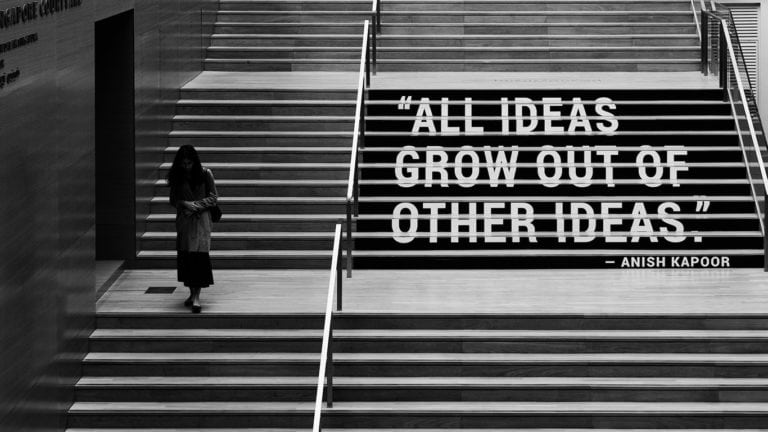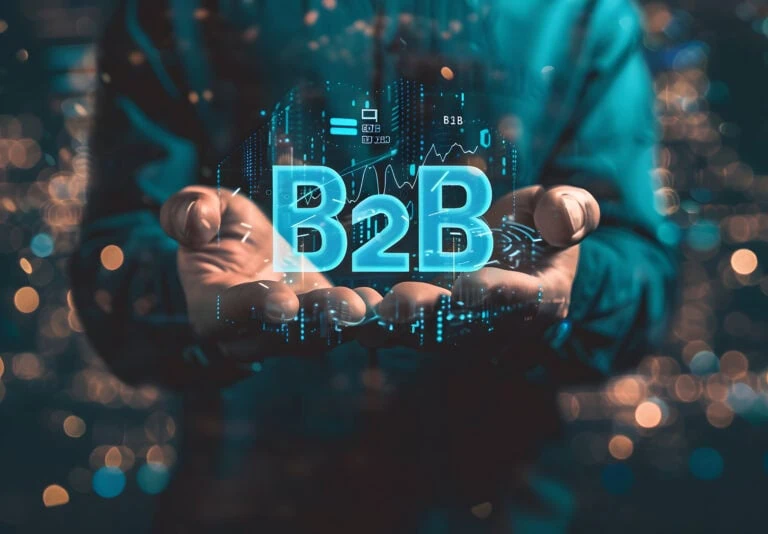3 Easy Ways to improve Your Post-Purchase Engagement
If you are like me, you’ll check your email obsessively after making an online purchase. Maybe it’s because we are worried someone will steal our package, or I’m craving some clam chowder and have it now!
Well, it’s not just you. The average shopper checks their order status 4.6 times after purchase.
Suddenly, post-purchase engagement isn’t just a buzzword; it’s a lifeline. This article will ease you into Post-Purchase Engagement, where brand loyalty is built and businesses grow.
And it’s not difficult to implement either. So many out-of-the-box solutions are easy to implement and can get you started today.
Are you ready?
Check out our detailed review of the
Best Purchase Engagement Solutions.
Key Takeaways (TLDR)
- Post-purchase engagement is critical for building long-term relationships with customers.
- Automated notifications like tracking updates can enhance the customer experience.
- Loyalty programs can effectively turn casual shoppers into brand advocates.
- Soliciting customer feedback can improve customer service and increase sales, providing valuable insights for business improvement.
- Post-purchase engagement strategies should be consistent, timely, and relevant.
What you need to know about Post-Purchase Engagement
Post-purchase engagement goes beyond your company merely making a sale. It’s about nurturing the relationship with your customers, providing them with information, and making them feel valued even after they’ve hit the “buy” button.
You don’t just want a one-time customer. You’re aiming for a repeat business advocate. This is crucial in a world where 52% of purchases are impulse buys, leading to possible buyer’s remorse.
Intriguing, isn’t it? Imagine being a business owner and realizing that over half of your customers might suffer buyer’s remorse.
Your engagement tactics with repeat customers can reassure them, securing a long-term relationship.
Here are some post-purchase engagement ideas to try.
1. Automated Notifications
Did you know a tracking page is visited 2.4 times on average once a package has shipped?
Automated notifications are essential in today’s online shopping world! A consistent, reliable, and familiar solution will save your customers and support team time.
In the ever-so-fast-paced world of online shopping, people crave information like cats crave catnip. That’s where automated notifications come in.
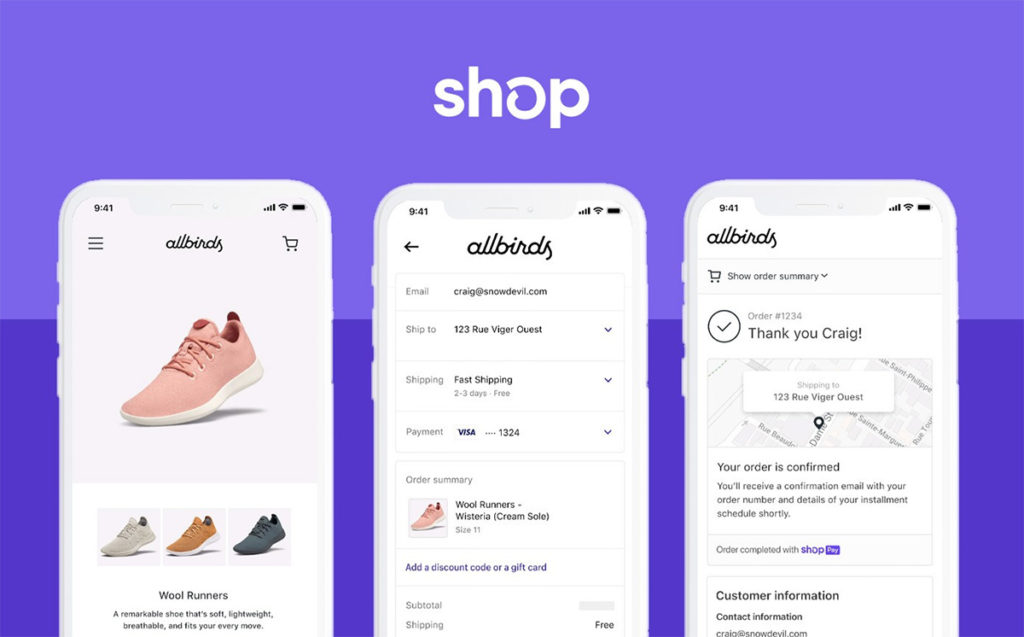
They tell your customer everything from “Hey, we got your order!” to “It’s on the way!” and even the much-awaited “Delivered!” message. Sounds great, right?
But wait, it’s not all sunshine and rainbows. Overdo it, and you might find customers rolling their eyes at the tenth email that day. It’s like having a friend who tells you every tiny detail of their day—sometimes, less is more.
Finding that sweet spot between “too much” and “too little” is where the magic happens.
Domino’s Pizza Tracker
Remember Domino’s and their Pizza Tracker? That’s automated notification done right. It’s not just a “Your pizza is baking” message. It’s an experience, a theatrical build-up to the grand entrance of your piping hot pizza at your doorstep.
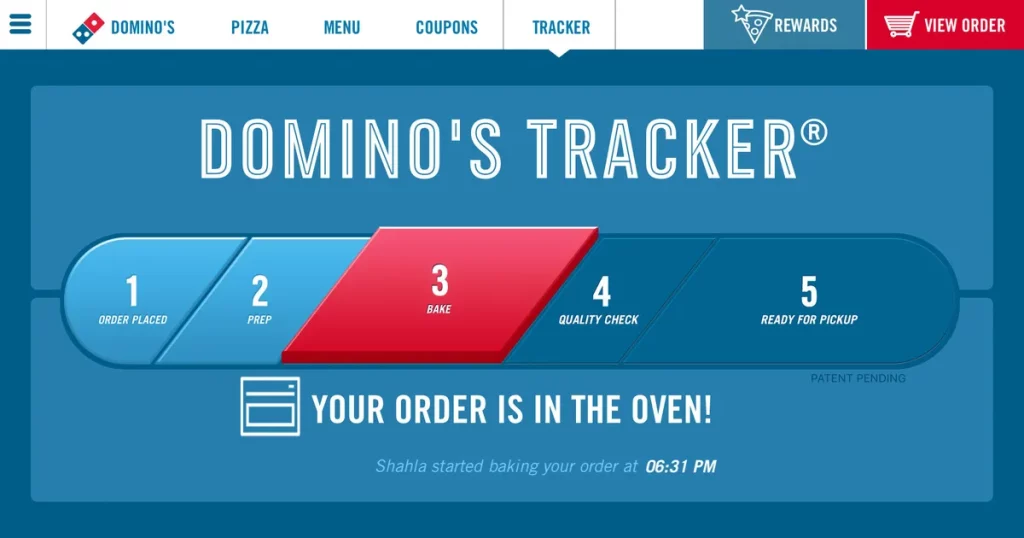
Domino’s credited this system for a 16% increase in online ordering revenue in the first year of implementation. Now that’s a tasty start!
Solutions you should consider today.
You might think, “I want in on this action, but where do I start?” Worry not. There are more tools out there than fish in the sea, seriously. Our research alone found over 100 different platforms and solutions, many of which sprang up only recently.
Platforms like Shippo, Aftership, Malomo, ShipUp, and WismoLabs are doing the heavy lifting for businesses of all sizes.
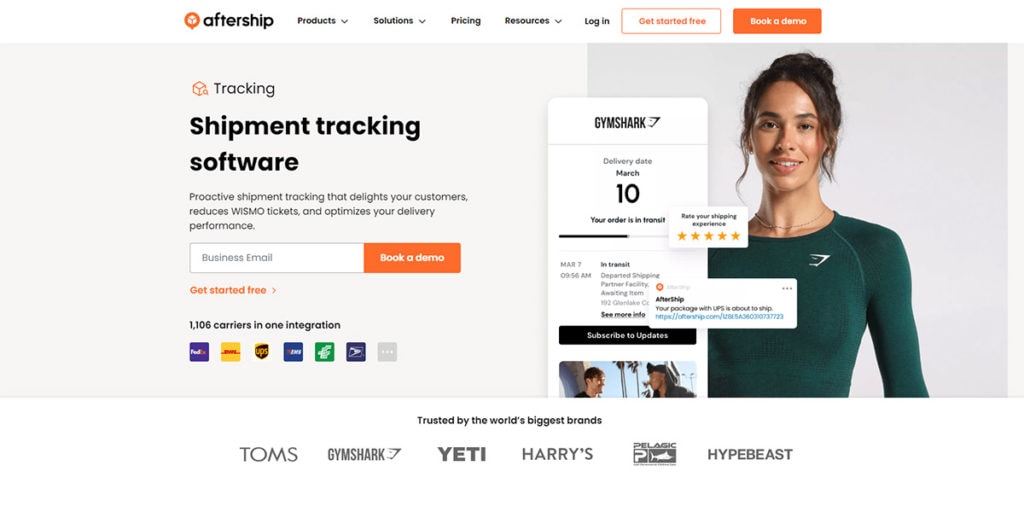
Imagine them as your business’s backstage crew, ensuring everything runs smoothly while you’re in the spotlight. And if you’re using Shop Pay by Shopify, they’ve covered you with built-in features.
Big names like Volcom, A.P.C., and bareMinerals are using Malomo to achieve tremendous success.
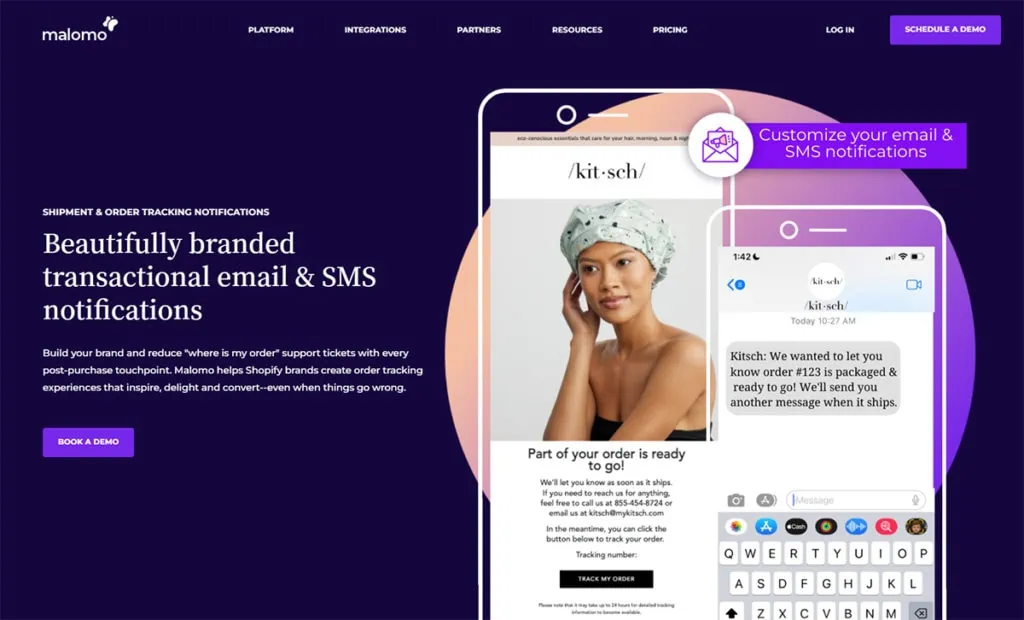
Felina notes that they saw a 71.6% open rate & a 9x ROI on order tracking emails after implementing Malomo’s post-purchase email messages and engagement features, and Gymshark using Aftership has seen improved visibility and efficiency across all their carriers,
Automated notifications are all about putting your customers at ease. When a system works well and consistently, over time, customers won’t feel the anxiety of wondering where their shipments are because they’ve gotten used to how dependable you are.
But overdo it, and it can turn annoying really quickly. The key is to understand the value of what is being shipped. Customers probably demand regular updates for higher-priced or time-sensitive products. But probably less so for lower-priced things.
We probably won’t be too worried about the status of our toilet paper orders, right?
With some basic strategy, the right tools, and a sprinkle of creativity, they’re not just messages but part of your brand’s story, told one notification at a time.
2. Loyalty Programs
We’ve all seen those stamp cards online stores and retailers give out. One I still use regularly is for a local boba tea shop, and I’m 2 stamps away from getting a free drink.
That’s essentially what loyalty programs are. They are mini-games that compel me to return time after time to increase my chances of winning something.
They’re like virtual high-fives that make customers feel cherished and appreciated, so they keep returning for more. But beyond that, so many other features can help build trust to keep them coming back and incentivize them to become your biggest advocate.

Now, why do they matter? Picture this: You’re in a sea of shops, and they’re all yelling, “Pick me, pick me!” Loyalty programs are like the golden ticket: “Hey, stick with me, and I’ll make it worthwhile.”
They offer rewards points, discounts, and incentives, turning casual shoppers into brand advocates. It’s like getting an extra scoop of ice cream just for showing up!
But be warned, mismanaged loyalty programs can leave customers feeling undervalued or overwhelmed with complexity if done wrong.
Airline miles are a great example of a good idea that is too much trouble to use. It explains why only 8% of airline miles are redeemed, a fact that airlines celebrate.
Starbucks Stars
Ever wonder why people are so starry-eyed about Starbucks? Their loyalty program, Starbucks Rewards, is a shining example of getting it right.
Customers earn stars for every purchase, which they can redeem for free drinks and goodies. It’s like a game but with caffeine! And guess what? It works.
In 2022, Starbucks’ active Rewards membership in the U.S. grew to 27.4 million, a 13% increase from the previous year. And for 2023, it’s on track for another 15% increase despite rising prices. Now that’s a lot of lattes!
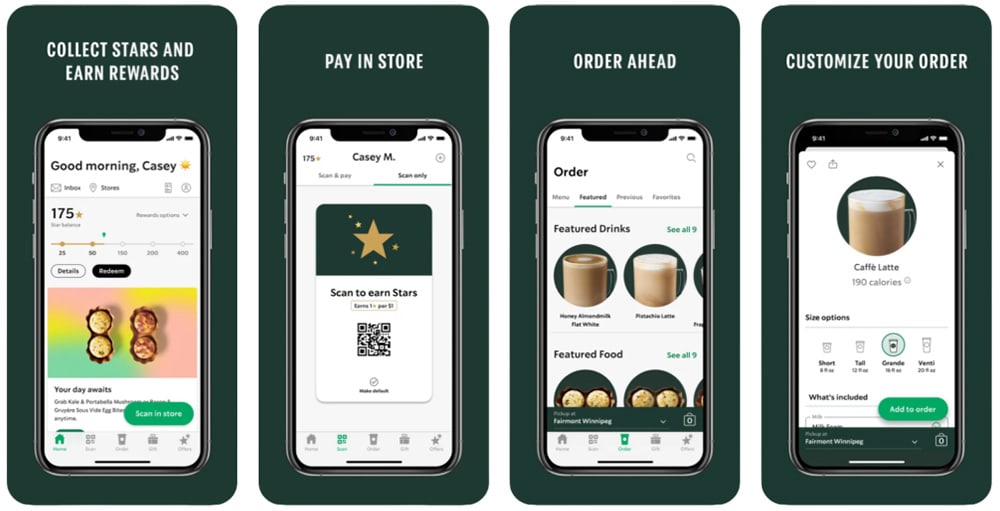
Even I still have my precious Starbucks Gold Rewards Card from 2002, which has become a status symbol.
Starbucks’ rewards program takes it even further with some gamification through points expiration. Just like many airline miles clubs, it gives us extra motivation to use it or lose it.
Solutions for the Loyalty Lovers
Ready to send some digital hugs? Here are some examples of top loyalty programs:
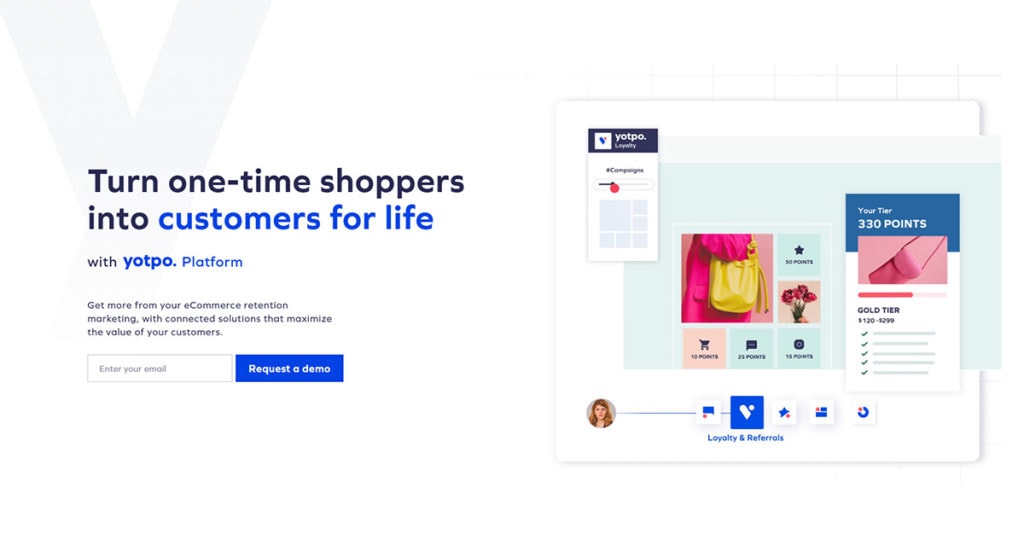
Yotpo, Referral Candy, and Fivestars each cater to different business sizes, but all are equipped to enhance customer loyalty. Yotpo, with its comprehensive and customizable features, often appeals to medium to large enterprises like GoPro and Steve Madden, making it a go-to for those wanting to build personalized experiences for a broader customer base.
Referral Candy, acting like a master networker at a social gathering, is a friend to small and medium-sized businesses, offering referral incentives that can turn even the most casual shopper into a brand advocate.
Fivestars, the versatile one in the group, is suitable for small local brick-and-mortar stores and online empires, claiming to be “10X more effective than traditional marketing.” No matter the business size, each platform has found a way to make loyalty not just a strategy but a flourishing relationship.
So there you have it. Loyalty programs aren’t just a business strategy but the heart and soul of customer relationships.
They’re like a favorite family recipe, but instead of Grandma’s cookies, you get repeat business and brand love. Remember, it’s not about luring new customers in. It’s about making them feel at home and keeping them coming back.
3. Feedback Solicitation
Picture Feedback Solicitation as a virtual coffee chat between you, the business, and your customer. You’re leaning back, sipping your latte, and casually asking, “So, how’s that new gadget working out for you?”
It’s your chance to listen, understand, and maybe even chuckle at oddball comments. But be prepared; the answer might not always be what you want to hear. However, that’s precisely why it matters.
By actively seeking feedback, you can increase sales and improve customer service by giving your customers a voice.
The good aspects are plentiful; you get fresh perspectives, uncover hidden flaws, and discover what you’re doing right.
The not-so-good? Some critiques might sting like lemon juice in a paper cut. But hey, isn’t a little sting better than a festering wound?
With feedback, you can heal the cuts in your business strategy before they become gaping holes.
LEGO’s Success Through Feedback
LEGO bricks that turned us all into architects at some point in our youth, right? LEGO takes customer feedback as seriously as a toddler takes their building projects.
In 2008, LEGO’s Ambassador Network began working closely with fans, gathering valuable feedback on new products. This led to several successful lines, including the LEGO Ideas collection.
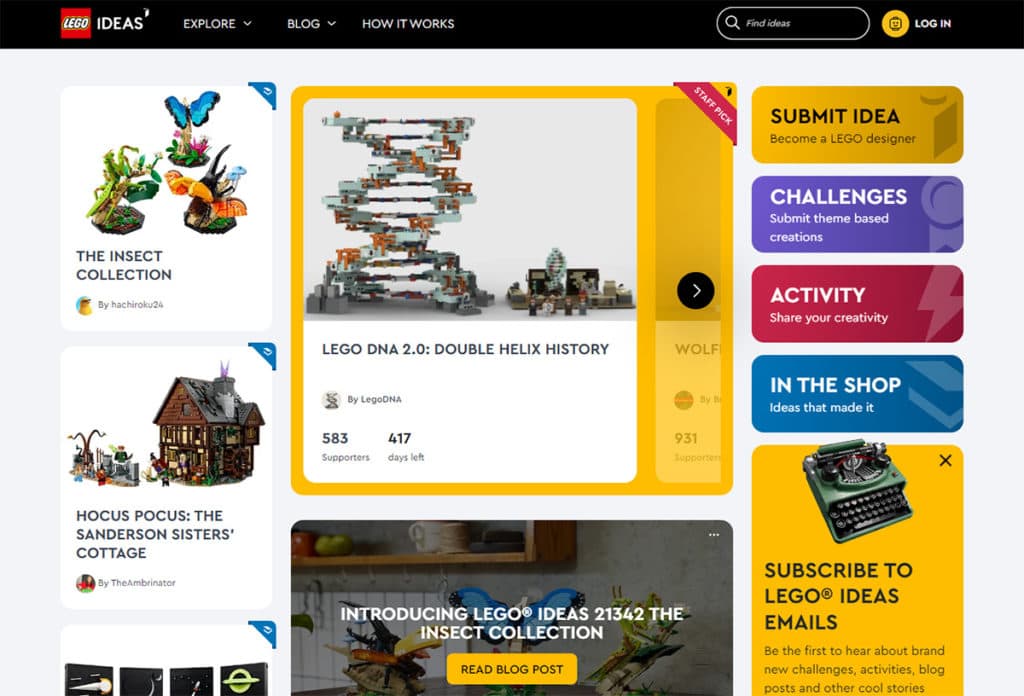
Since implementing this feedback program, LEGO’s revenue has more than tripled, reaching €5.7 billion in 2020. Now, that’s building success, one brick at a time!
In fact, many of LEGO’s most successful collections are not only ideas provided by customers, but in some cases, they were unique complex products that were actually built by hardcore fans and turned into real products through their LEGO Idea program.
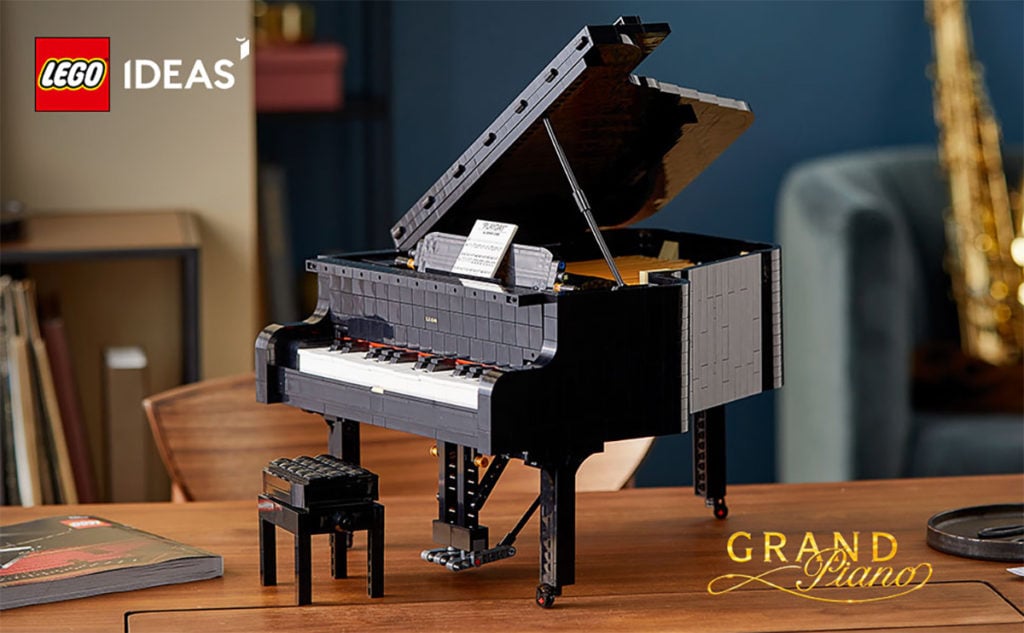
These products often are priced 4 to 5 times higher than other collections with minimal added cost. They turned their fans’ creativity and hard work into a money-making machine.
SaaS Solutions for Feedback Solicitation
Before dialing every customer’s number, consider some platforms like Churnzero, UserSnap, or Qualtrics. These platforms can help you automate your feedback system and provide analytics insights to help you make better-informed decisions about what to do with the feedback.
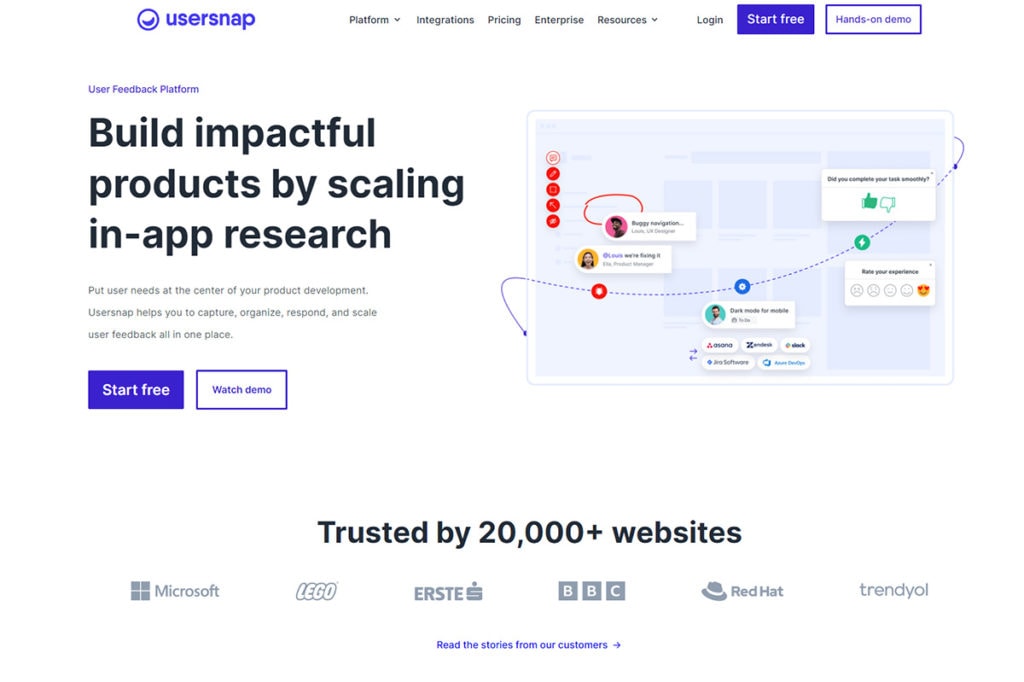
Feedier is like that organized buddy who knows how to get things done, especially for larger businesses. Picture a digital detective with intelligent surveys and personalized engagements that let companies sift through customer insights like a gold miner panning for nuggets.
Automated workflows? Check! It’s all about streamlining the feedback process so you can make data-driven decisions without breaking a sweat. Imagine enhancing your customer experiences without even needing to roll up your sleeves. Pretty slick, right?
UserSnap, on the other hand, is your go-to friend for small to medium businesses that want to get up close and personal with their customer feedback.
Think of it as a virtual graffiti wall where users can directly annotate and comment on live content, making it ideal for online interactions. It’s like having a customer lean over your shoulder and point right at what they like or don’t like on your website or app. Quick understanding and acting on insights? UserSnap’s got you covered!
And then there’s Qualtrics, the wise guru of the trio. Tailored for the enterprise crowd, it’s got all the tools you need to collect, analyze, and act on feedback from anyone you care about – customers, employees, you name it.
Imagine it as a Swiss Army knife for gathering insights, all with the sleek efficiency of a well-oiled machine. If data-driven decisions are your jam, Qualtrics will have you dancing to the beat in no time.
These platforms span different channels like SMS, email, web widgets, and apps, ensuring you have a buffet of options to suit your taste. Want something simple? Try SMS. Fancy a little elegance? There could be an app for that.
A Toast to Feedback
Feedback Solicitation, my friend, is like dating your customers (platonically, of course!).
You’ve got to listen, laugh, and maybe even lament a little. But when done right, it’s a win-win for you and them.
So, try a tool like Feedier, UserSnap, or Qualtrics to start encouraging feedback and chatting with your customers. After all, a customer’s feedback might be the secret sauce to your brand’s success! Cheers to that! 🥂
Things to consider for successfully doing post-purchase engagement
- Consistency: Keep your messaging and tone consistent across channels.
- Relevance: Ensure that communications are tailored and relevant to the customer.
- Timeliness: Timing is crucial; don’t bombard or neglect your customers.
- Value Addition: Provide something of value, whether it’s information, support, or a special offer.
Suggestions for going beyond post-purchase engagement
- Create a Loyalty Program: Rewarding repeat business fosters community.
- Develop a Referral System: Encourage satisfied customers to spread the word.
- Consider Subscription Models: Regularly scheduled products or services can enhance long-term relationships.
- Consider Combining AI Customer Experience Solutions: Full-suite generative AI customer experience software platforms such as Drift offer some aspects of post-purchase engagement along with pre-sales CX automation.
Alternatives to Consider
Post-purchase engagement is not just a customer service or sales strategy; it’s a way of sustaining relationships, building trust and lifetime value, and nurturing loyalty.
As businesses strive for growth, embracing tools like the Shop app and creating structured processes for post-purchase care can be a win-win for customers and brands alike.
Embrace the connection beyond the sale and witness the flourishing of a lasting customer relationship.
This post-purchase experience might save your brand’s life. Dive into the world of Post-Purchase Engagement and embrace the beauty of a relationship that extends beyond the shopping cart!
Frequently Asked Questions
What is post-purchase engagement?
Post-purchase engagement is the continuous interaction with customers after they’ve made a purchase. It’s like the afterparty of the shopping world, where the relationship between the business and the customer continues to thrive. It includes keeping customers informed about future purchases, making them feel valued, and possibly preventing buyer’s remorse, turning a one-time buyer into a brand advocate.
How do you engage customers post-purchase?
Engaging customers post-purchase is like maintaining a friendship after a great first meeting. It involves automated notifications such as post-purchase messages, loyalty programs, and feedback solicitation to keep the customer in the loop and feeling appreciated. Platforms like the Shop app that sends order status notifications or loyalty solutions like Yotpo and Fivestars can facilitate this ongoing relationship, sprinkling in some charm and convenience.
How can I increase my post-purchase engagement?
Think of jazzing up your customer’s after-shopping experience to boost post-purchase engagement. Automated notifications, loyalty programs like those offered by Yotpo or Fivestars, and personalized content are your tools here. Imagine being the party host who sends thank-you notes and invites for the next bash; that’s what you aim for with post-purchase customer engagement.
What is an example of a post-purchase behavior?
A classic example of post-purchase behavior is how many shoppers check their order status multiple times after purchase, like peeking into the oven to see if the cookies are done. Some even check an average of 4.6 times! This behavior highlights the importance of keeping customers informed, and tools like the Shop app can help ease this curiosity by automatically notifying customers of their order status, making it a bake-and-wait experience rather than a guessing game.
Editorial Process:
Our reviews are done by myself and come from my own experiences. I may not have used some products recently, so my reviews may reference details such as specifications and features that may have changed since I last used them. Let me know if you find any discrepancies.
Some of the links in this article may be affiliate links, which can compensate us at no cost if you decide to purchase a paid plan. These are products we’ve personally used and stand behind. This site is not intended to provide financial advice. You can read our affiliate disclosure in our privacy policy and editorial disclosure.





